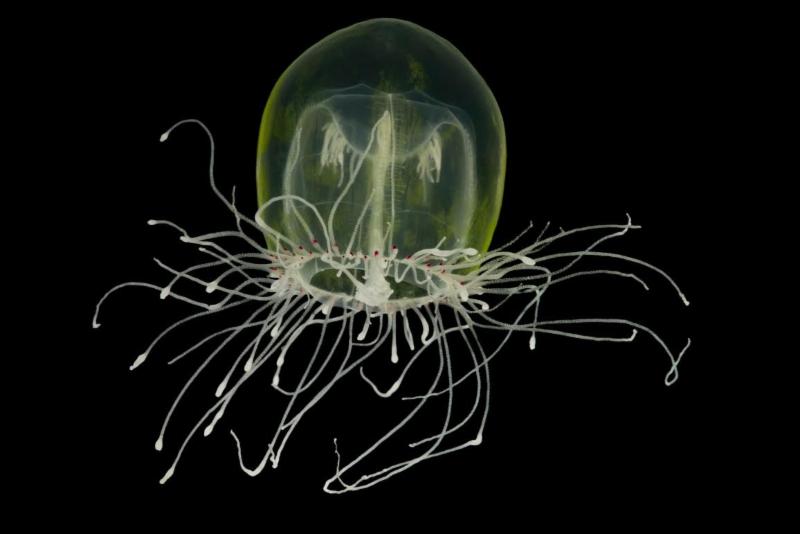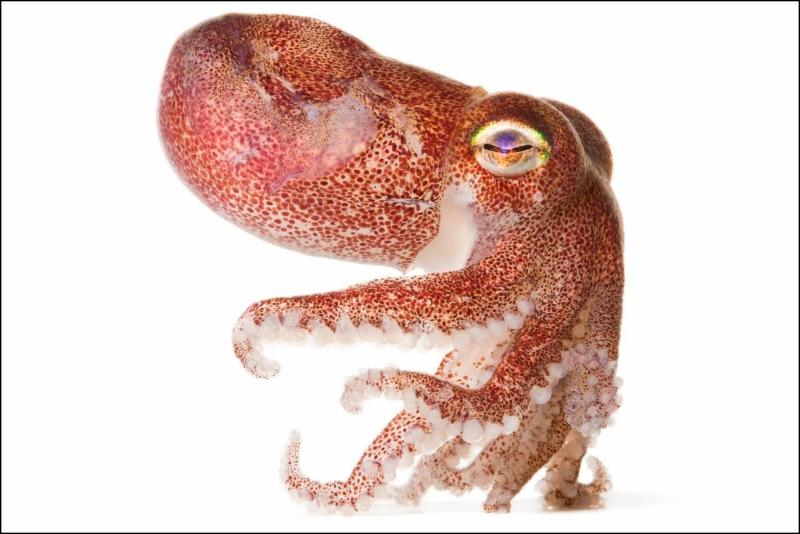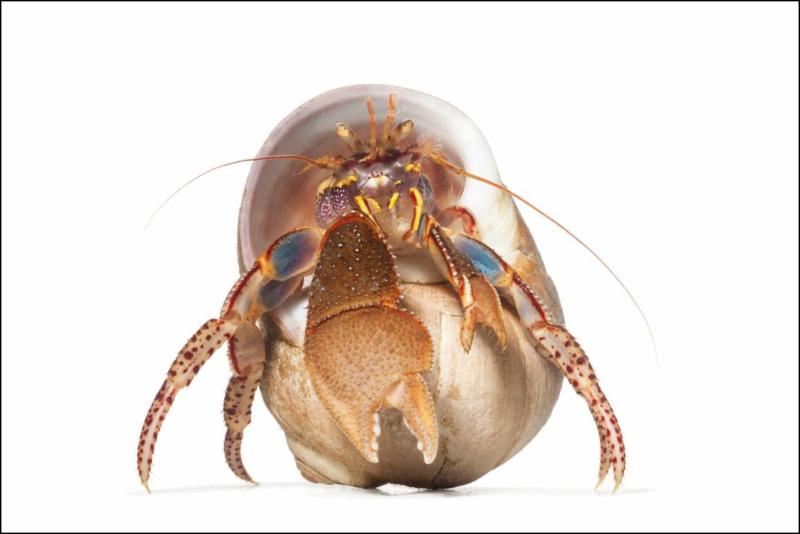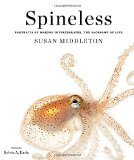| Information on Marine Life is a popular topic for reading and learning by many of our subscribers, and Delanceyplace.com has come up with another interesting excerpt from a book on this subject. We are happy to pass this information along. We like Delanceyplace.com because they donate all their profits to children’s literacy projects.
Today’s selection — from Spineless: Portraits of Marine Invertebrates, the Backbone of Life by Susan Middleton with a Foreword by Sylvia Earle. There are 1.25 million terrestrial species on Earth, but there may be as many as 50 million species in the sea:
“The number of distinct species of terrestrial animals, plants, fungi, protists, bacteria, and others accounted for so far is about 1.25 million. According to a recent ten-year survey, the Census of Marine Life, only about 250,000 species of marine organisms have been discovered and named so far, but this is to be expected. The serious exploration of life in the ocean is just getting under way. Nearly every inch of Earth’s lands have been mapped, and most have been crisscrossed many times by human observers. Meanwhile, only about 5 percent of the ocean below the surface waters has ever been seen at all, let alone fully explored. The Census of Marine Life predicts the number of species that now live in the sea to exceed 1 million, perhaps 10 million. Others estimate this number at 50 million or more, and that’s not counting microbial organisms that would require a new definition of what constitutes a species. …
“Most of the [known sea invertebrates] live in shallow, coastal waters, but the average depth of the ocean is two and a half miles. At its maximum, the Pacific Ocean stretches seven miles deep, in the waters near the Mariana Islands. First accessed in 1960 by two men who descended in the bathyscaphe Trieste, that deepest place was not seen again until 2012, when ocean explorer and filmmaker James Cameron made a solo descent –and return — bringing back news of life throughout the water column, even in the cold, dark recesses of the Mariana Trench. Trails and burrows in the soft sediment on the seafloor wound between a few exotic-looking sea cucumbers and lacy brittle stars. Some scientists have obtained samples of the water that seeps into mile-deep cracks in the ocean’s bottom. There, too, life occurs, in microbial forms, prospering in an eternally dark realm that while inhospitable to humans is just right for them.
“All forms of life share one thing in common, regardless of where they live, from the deepest sea to the driest desert to the most populous city. That thing is water. … 97 percent of Earth’s water is ocean [and this] water is literally alive. A single bucketful of apparently clear ocean water taken from any of the areas represented in this book will contain many millions of microbes and may hold as many phyla of animals as there are in all terrestrial systems combined — most of them the microscopic, young stages of larger animals but many full-grown planktonic species as well.” |
Call Us Today: 602-476-7511
Add "CT Compare" Widget via Appearance > Widgets > Compare.





